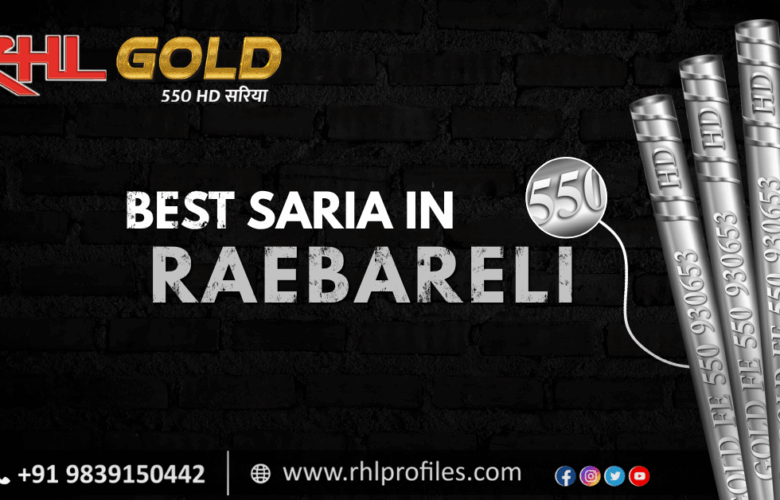TMT (Thermo-Mechanically Treated), HYSD (High Yield Strength Deformed), and TOR (Thermo-Mechanically Treated Rebars) steel are all types of reinforced steel bars that are used in construction. They all have slightly different properties and characteristics that make them suitable for different types of projects
TMT steel is a type of steel that has undergone a special heat treatment process that improves its properties such as strength, ductility, and weldability. The process of TMT involves quenching the steel bars in water or oil after they have been heated to a high temperature, which improves their mechanical properties and makes them more resistant to bending and breaking.
HYSD steel is a type of steel that has been reinforced with deformation patterns on its surface. These patterns are known as “deformations” and they help to improve the bond between the steel and the concrete. The steel has high yield strength and ductility which makes it suitable for use in projects that require high strength and flexibility.
TOR steel is a type of steel that is similar to TMT steel, but it is specially designed for use in seismic-prone areas. It is made by heating the steel to a high temperature and then quenching it in water or oil. This process improves the steel’s properties, such as its strength and ductility, and makes it more resistant to bending and breaking.

In summary, TMT steel is suitable for use in construction projects that require a balance of strength and ductility, HYSD steel is suitable for use in projects that require high strength and flexibility, and TOR steel is suitable for use in seismic-prone areas.





